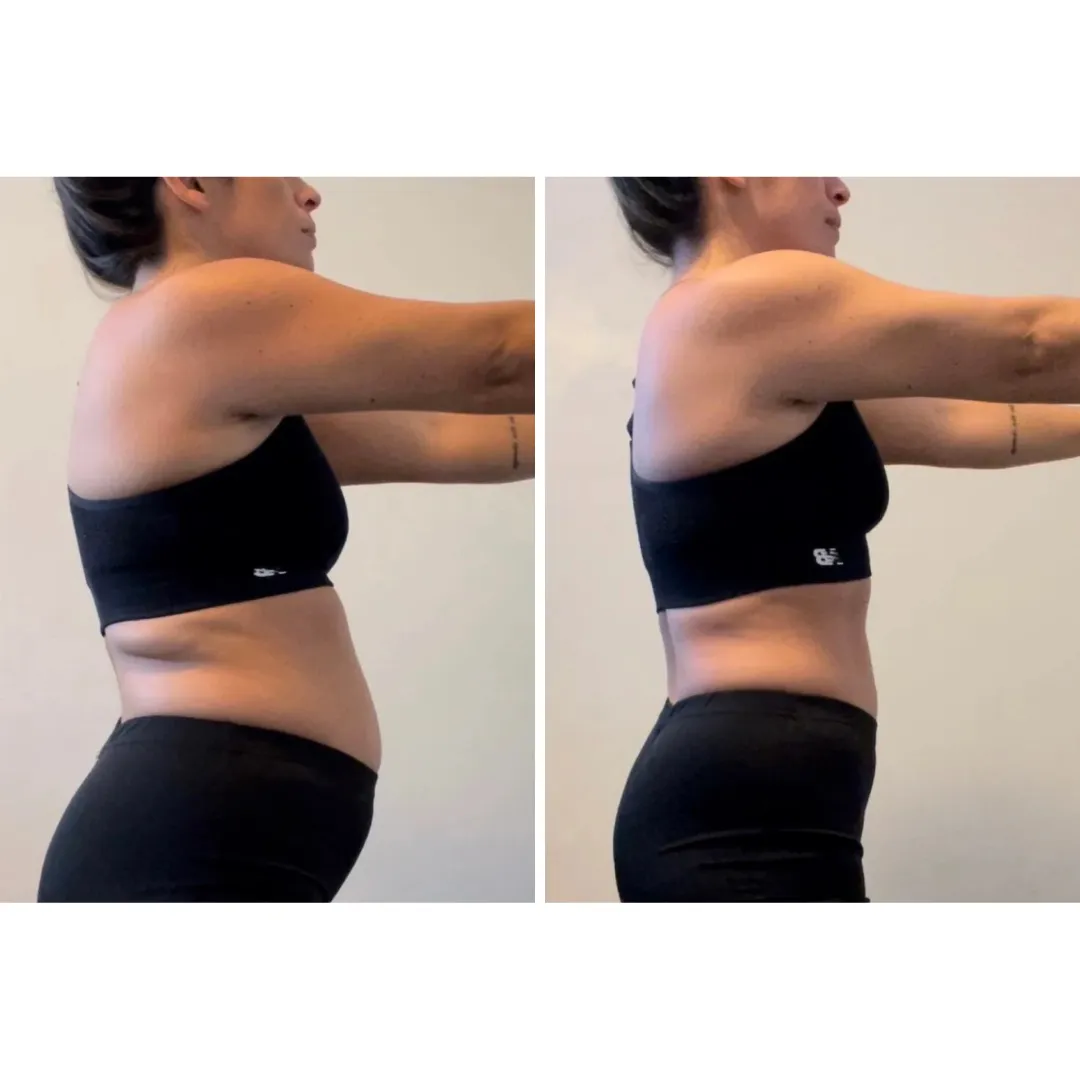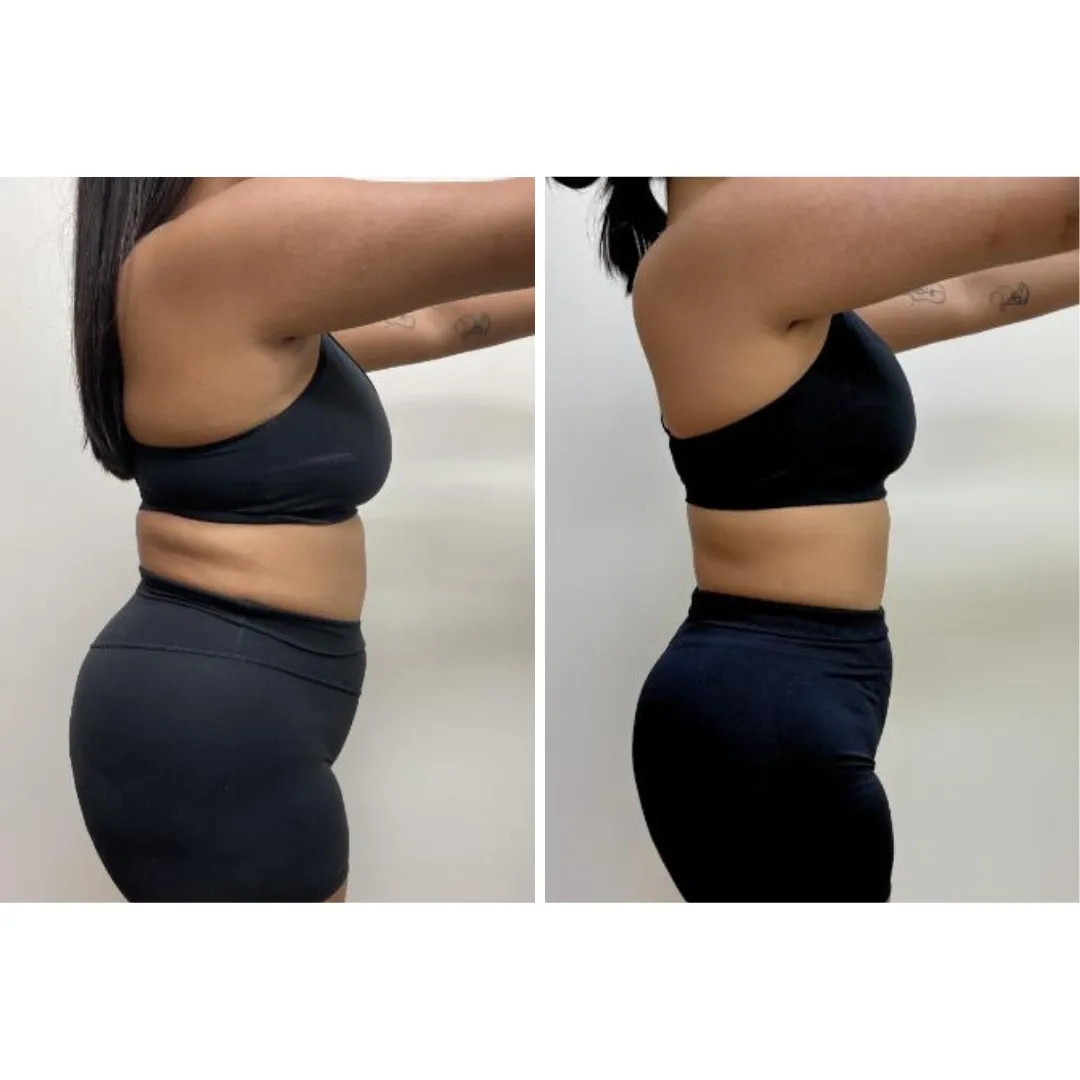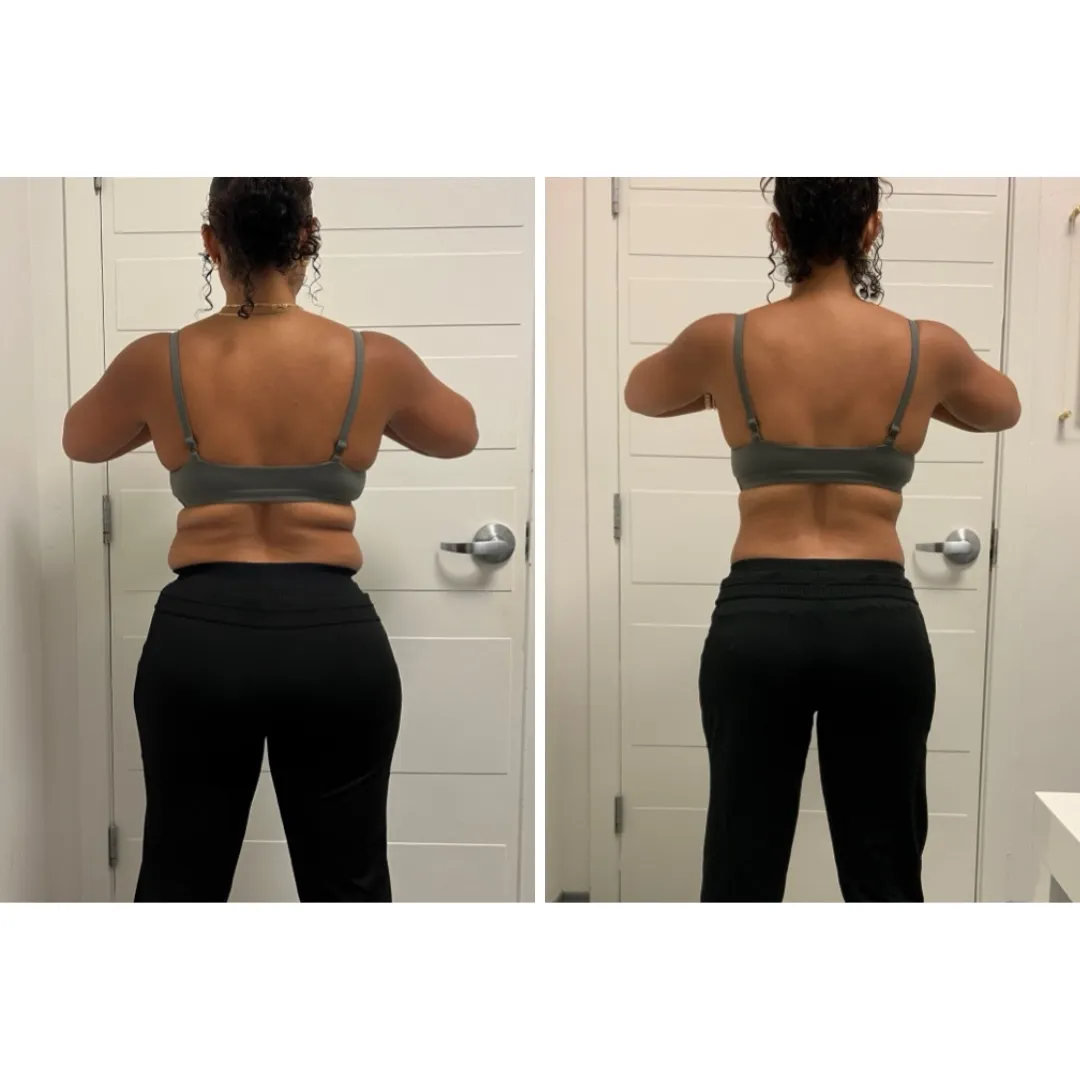
WEIGHT LOSS SHOTS SHIPPED TO YOUR HOME!
GET A FREE ONLINE CONSULT NOW
90%
Success Rate Among Our Patients
REVIEWS




PREVIOUS TREATMENTS
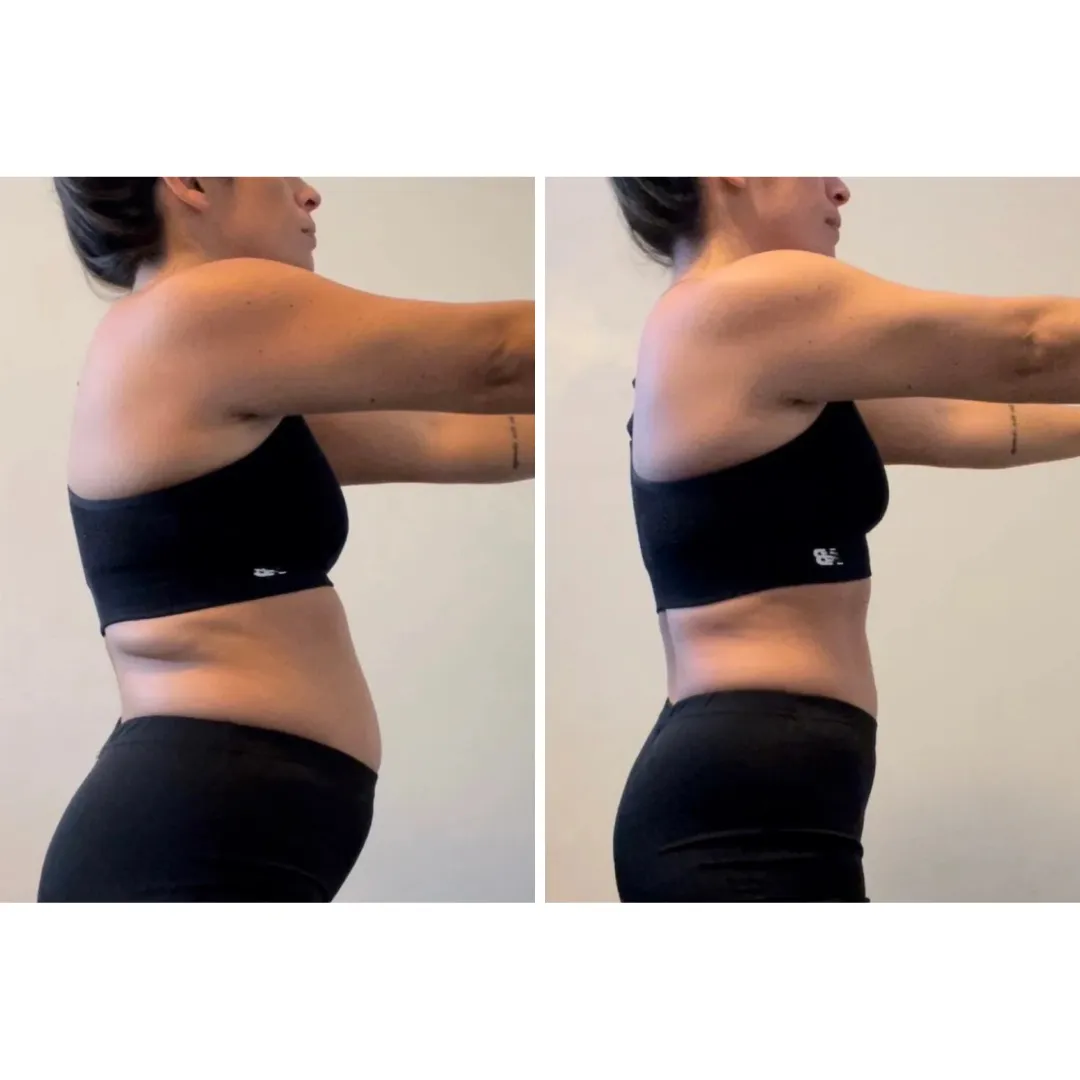


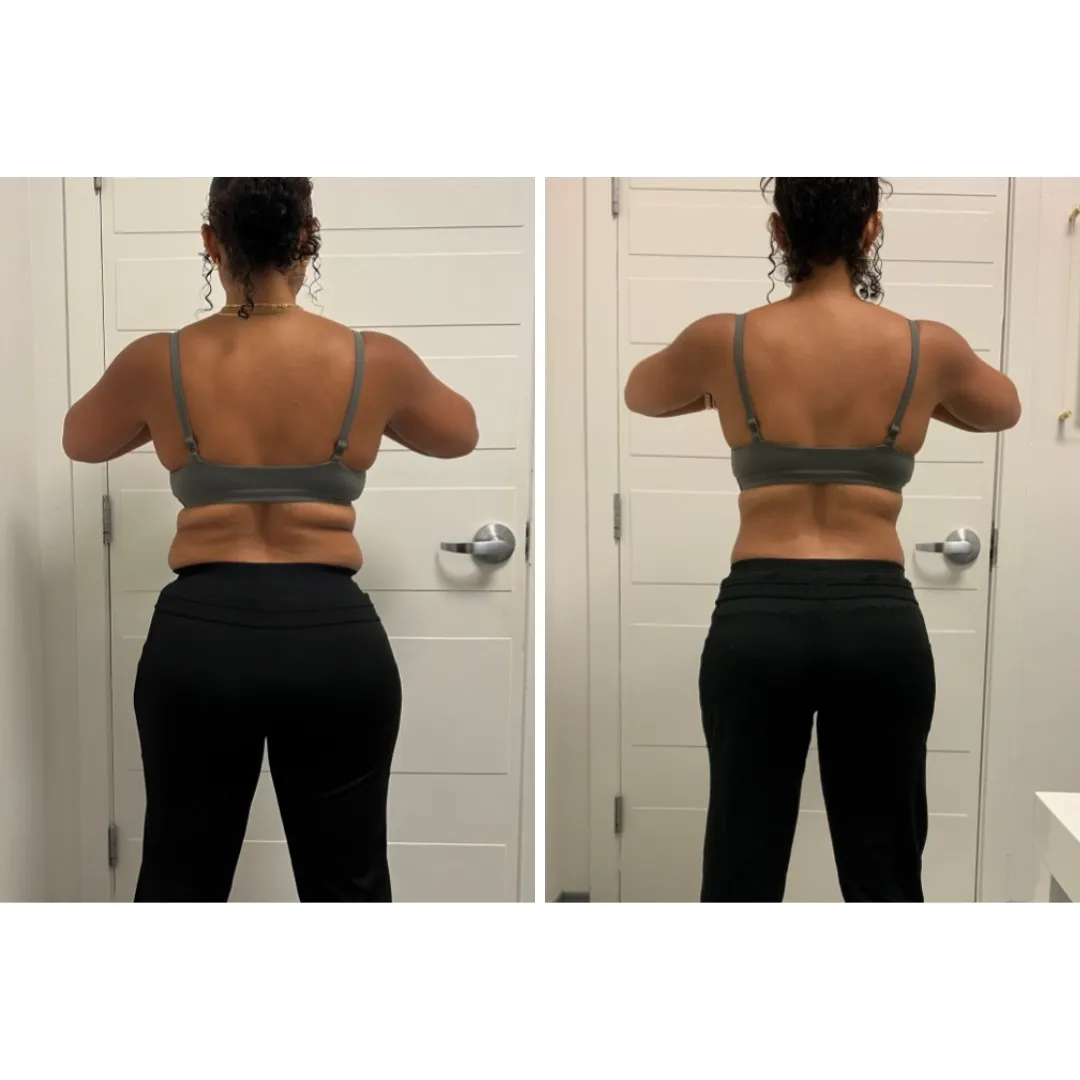
FAQs
How does it work?
It mimics gut hormones released by the body after eating, telling the brain you are full, it also slows down the time it takes the stomach to empty and help control blood sugar levels.
Will I be supported while taking Weight Loss Shots?
Patients taking weight loss shots will be supported by our clinic who is prescribing the medication, this may be in primary care or specialist weight management services. Healthcare professionals will focus on prescribing the medication, manage side-effects, monitoring the other long-term health problems, and management of potential medicine interactions.
How are Weight Loss Shots administered and what are the available doses?
a Weight Loss Shot is administered once weekly by subcutaneous injection using a single-dose prefilled autoinjector pen with a pre-attached hidden needle. There are six dose strengths: 2.5 mg, 5 mg, 7.5 mg, 10 mg, and 15 mg per 0.5 mL.
When to Expect Results?
Week 1-2: Early Signs
In the first couple of weeks, most users notice reduced appetite. You may feel full after eating less. Some people experience mild side effects like nausea or fatigue. These are signs your body is adjusting.
Week 3-4: Appetite Control Kicks In
By the third or fourth week, appetite suppression becomes more noticeable. Blood sugar levels begin to stabilize. You might lose a small amount of weight, usually a few pounds especially if you’ve made changes to your diet.
Week 5-8: Steady Progress Begins
During this phase, weight loss often becomes more visible. Your body adjusts to eating smaller portions, and energy levels may improve. If you’ve been following a healthy lifestyle, results become more consistent.
Week 9-12 and Beyond: Noticeable Results
Most people see significant changes by the end of three months. It’s common to lose 10 or more pounds, especially if you’ve combined Tirzepatide with healthy habits like regular exercise and a balanced diet.
